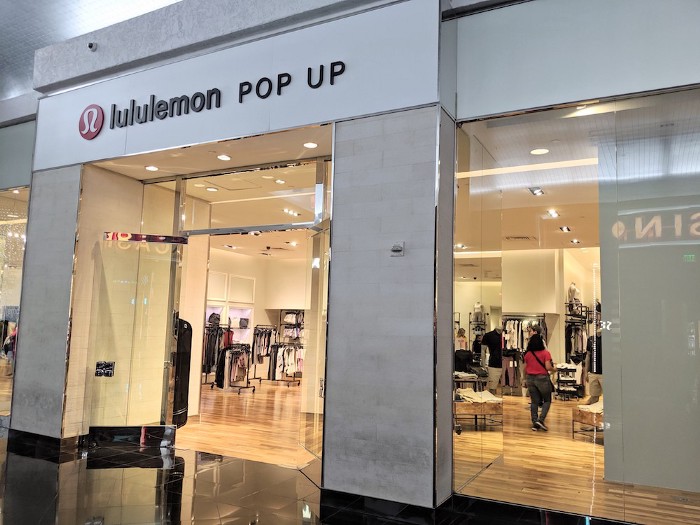A few weeks back, we looked at showbranding, improving the retail experience by showcasing with select adjacent brands to enhance the shopper’s visit to your store. Two recent announcements highlight a different way to improve the customer experience during the pandemic, by making retail as convenient for the shopper as possible.
First, DSW last week announced the launch of its first six shop-in-shops in Hy-Vee grocery stores, where customers can try on shoes, pick up DSW orders placed online, and place orders to be shipped to their homes. Each location also includes a digital showroom wall that lets customers view and order 100 of the top trending shoes via a QR code.
With customers making fewer non-essential shopping trips due to COVID, this is a great way for DSW to stay in front of customers. Everyone has to buy food during a pandemic, but they don’t have to buy shoes — so DSW is choosing to go where the traffic is and offer their customers an innovative and convenient new way to interact with their brand.
It makes sense to be a little cautious about the move — shoes and groceries may not be an obvious mix — but both DSW and Hy-Vee should be credited for taking innovative steps to respond to the challenges of the pandemic, and this seems like a very smart calculated risk.
Separately, Lululemon announced in its Q2 2020 earnings call that it’s adding 20 new pop-up stores in the second half of the year, expanding from 50 pop-ups to 70 — but instead of focusing on new locations, they’re adding new pop-ups in places where an existing store is facing capacity constraints due to the pandemic.
At a time when so many other retailers are closing stores, it’s a genius move — like the pop-ups we discussed a couple of weeks ago that were placed where online purchases were being made, Lululemon is actively leveraging data and talking to customers to understand where they need more engagement.
Knowing where their shoppers are — and knowing cheap rents are available — they’re choosing to expand convenience and merchandise authority by making use of some of that surplus real estate. And as a result, they’re making retail more convenient, they’re offering their customers more merchandise, and they’re giving shoppers more opportunities to connect with their brand.

